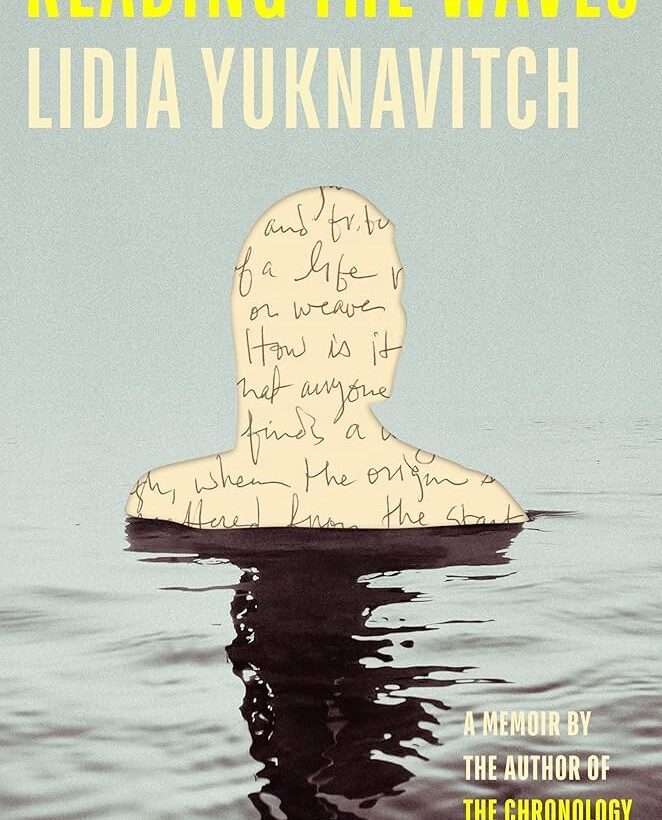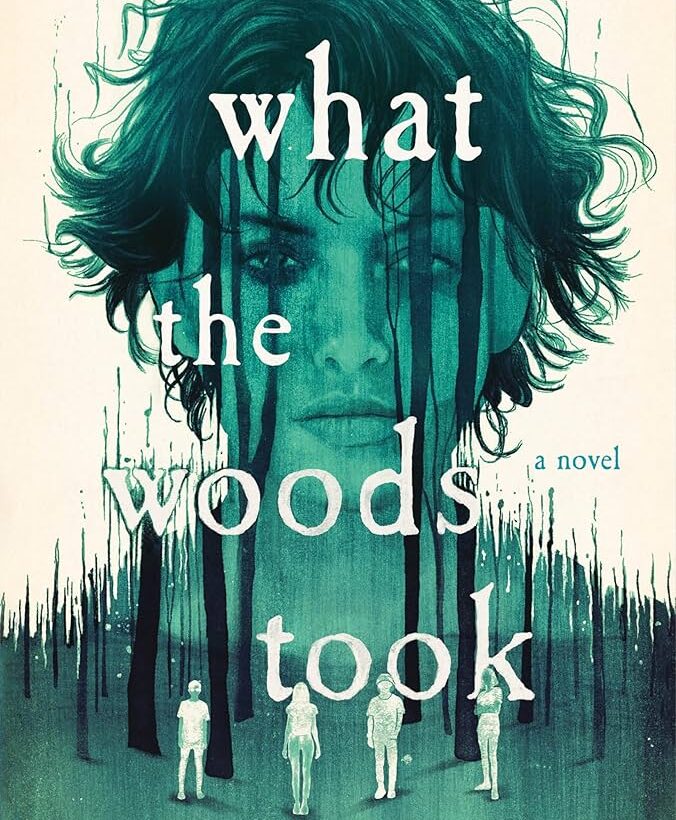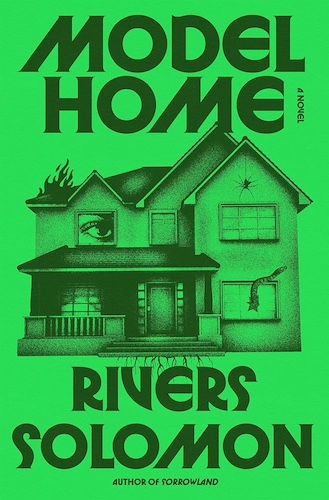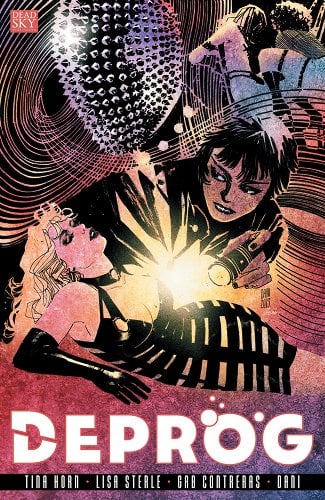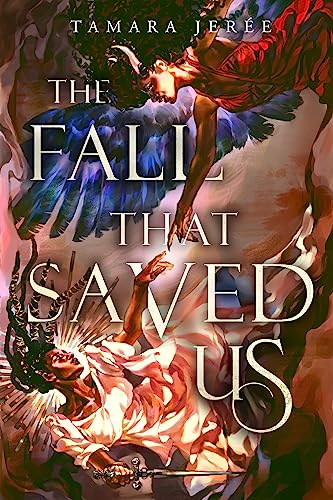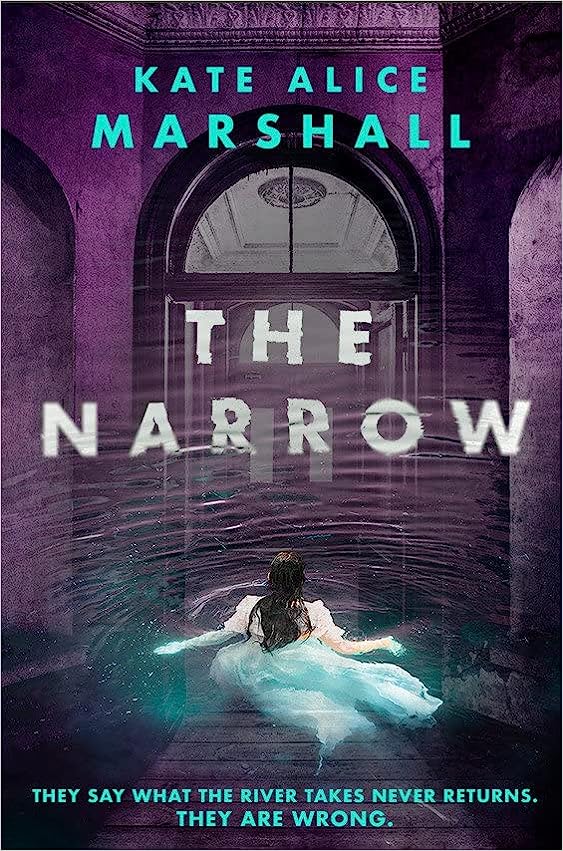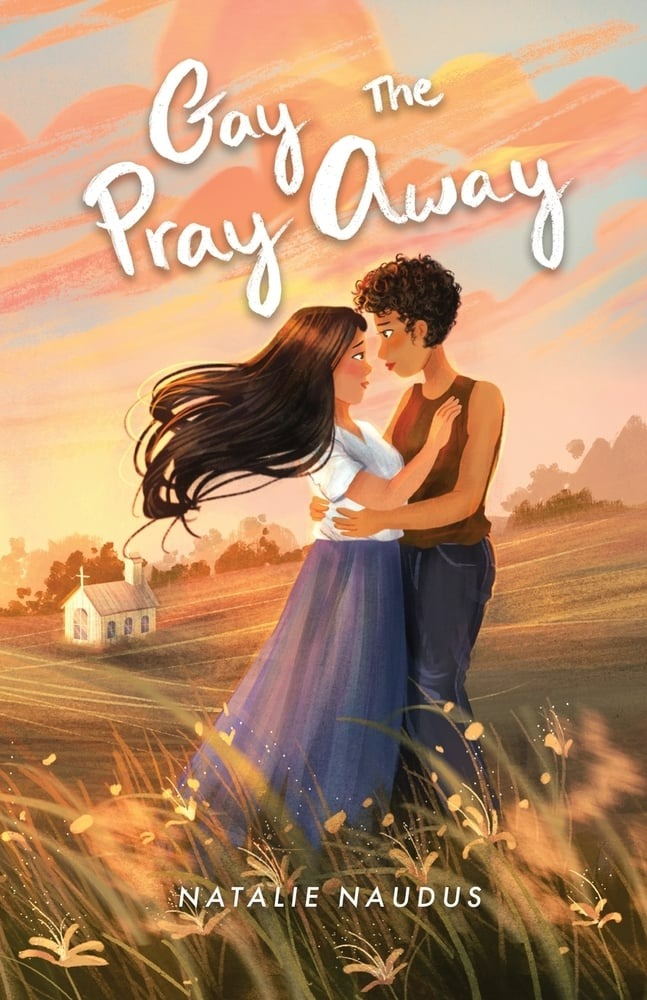Chronology of Water by Lidia Yuknavitch has been on my to-read list for years; I’ve heard nothing but excellent things about that memoir. So, when I saw that she had new one out (that I could talk about on the All the Books podcast), I had to pick it up! Reading the Waves ended upRead More
The Troubled Teen Industry and Other Monsters: What the Woods Took by Courtney Gould
In this YA horror novel, five teens are forced to participate in a new “wilderness therapy program” called REVIVE. Some of them are kidnapped in the night and escorted here by force. They face 50 days hiking through the wilderness and talking about their trauma with two unqualified twenty-somethings. This is based on real programsRead More
Folk Horror and the Troubled Teen Industry: What the Woods Took by Courtney Gould Review
In European folk and fairytales, a journey through the woods represents the characters’ coming of age—their passage from the pastoral, relative security of familial and familiar hearths into a fraught, shadowy place where metaphors for social anxieties lurk around every corner. Only with wit and friendship can one come out the other side, though theyRead More
This Queer Horror Book Will Haunt You: Model Home by Rivers Solomon
This was my first Rivers Solomon book, and from the first page, I understood why I’d heard such good things about them. Here are the opening lines: “Maybe my mother is God, and that’s why nothing I do pleases her. Maybe my mother is God, and that’s why even though she’s never once saved me,Read More
A Hardboiled Lesbian Detective Comic: Deprog by Tina Horn, Lisa Sterle, Gab Contreras, and DaNi
If a gritty noir graphic novel with a “hardboiled hard drinking leather loving dyke detective” sounds up your alley, pick Deprog up—though you might want to give the content warnings a glance first. I thought that was what I wanted, but I quickly realized this was a darker read than I’m currently in the headspaceRead More
A Succubus, a Fallen Angel, and a Forbidden Romance: The Fall That Saved Us by Tamara Jerée
While I am usually pretty ambivalent about book covers, every once and a while a book will come along with such a beautiful cover that I can’t help but add it to my to-read list. One such book is Tamara Jerée’s The Fall That Saved Us. Once I read the summary, though, it went from just beingRead More
A Very Queer Gothic Ghost Story: The Narrow by Kate Alice Marshall
When I got a promotional email about this book, I asked the publisher if there was a queer main character, because I couldn’t tell from the description. It’s funny that I had to clarify, because this is a very queer book: the main character is bisexual, there’s an F/F romance, and there are several queerRead More
Religious Trauma and Queer Awakening: Gay the Pray Away by Natalie Naudus
Buy this from Bookshop.org to support local bookstores and the Lesbrary! Content warnings: homophobia, child abuse, religious abuse, physical abuse Gay the Pray Away by Natalie Naudus follows Valerie Danners as she begins to understand and live her own truth. Unfortunately for Valerie, the truth of her sexuality is beyond unacceptable to her conservative Christian community,Read More
Breaking Away from Religious Abuse: Gay the Pray Away by Natalie Naudus
Buy this from Bookshop.org to support local bookstores and the Lesbrary! Natalie Naudus’s debut novel Gay the Pray Away is a young adult romance set in present day, centered around 17 year old Valerie, who is closeted in a very strict religious upbringing (*cough cough* a cult), so if you have childhood religious trauma, megaRead More
A Sapphic Nova Scotia Gothic: A Sweet Sting of Salt by Rose Sutherland
Buy this from Bookshop.org to support local bookstores and the Lesbrary! I couldn’t tell you why, but I am obsessed with sapphic selkie stories. There are very few of them out there, but I leap on the chance to read any that I stumble upon. Don’t get me wrong: I like sapphic mermaids, too, butRead More
- 1
- 2
- 3
- 4
- Next Page »
